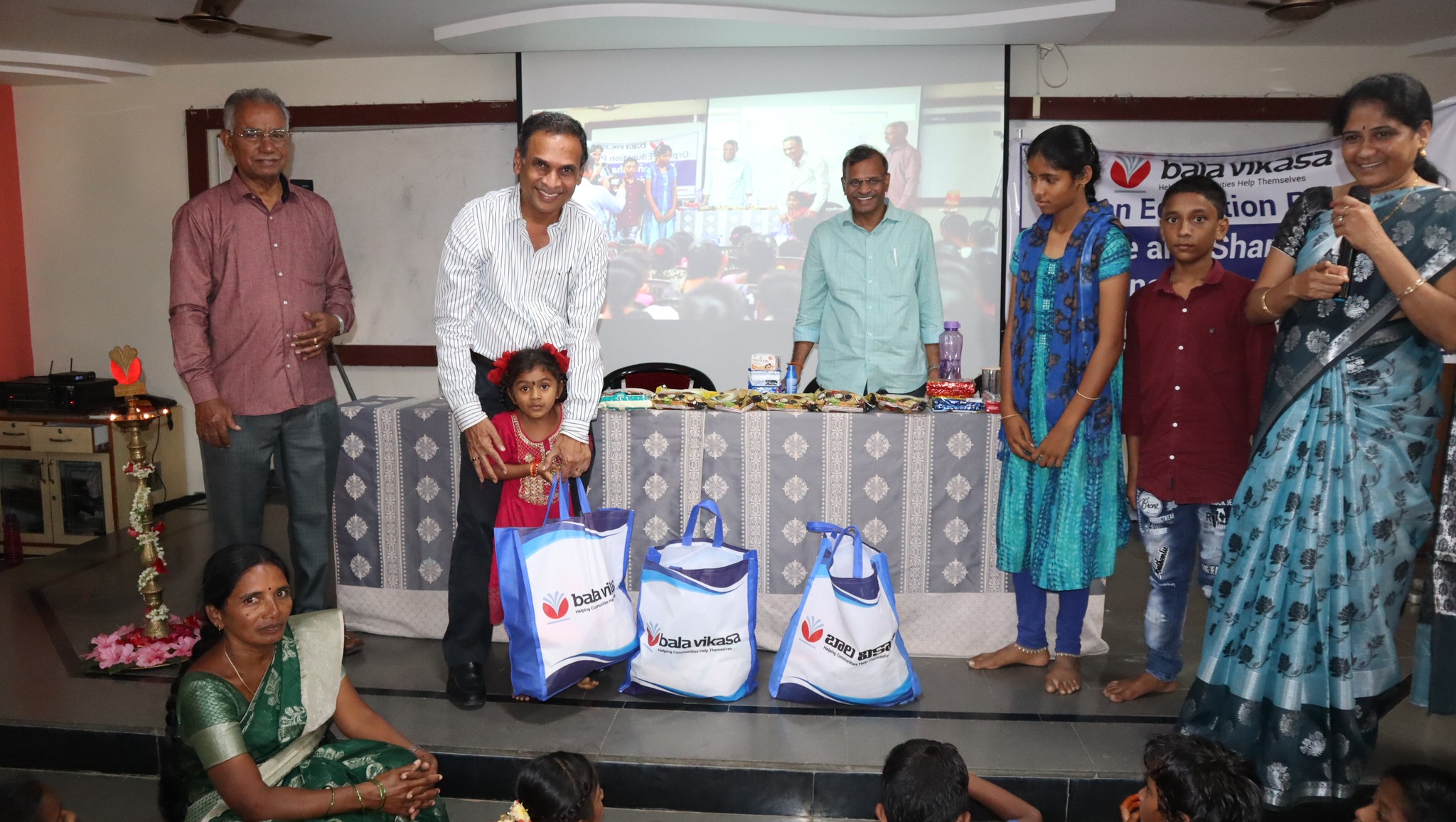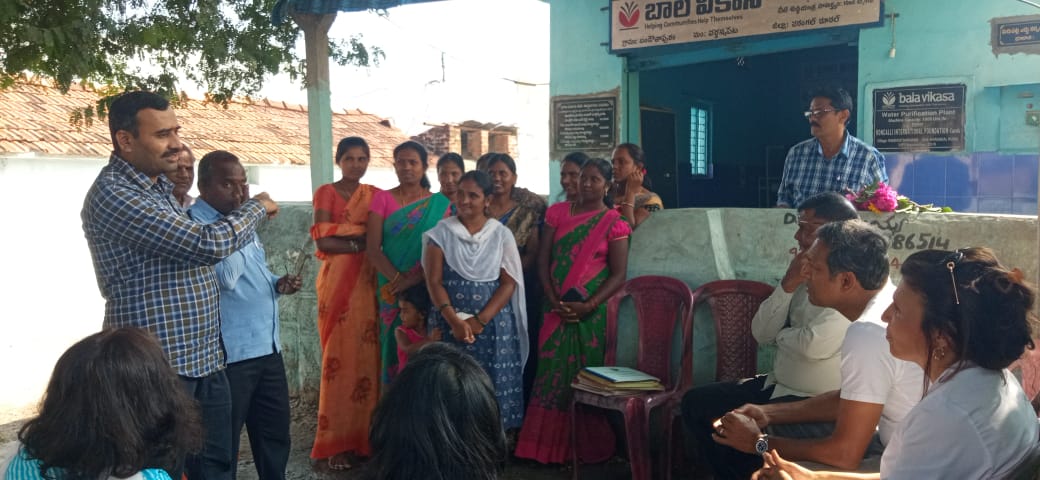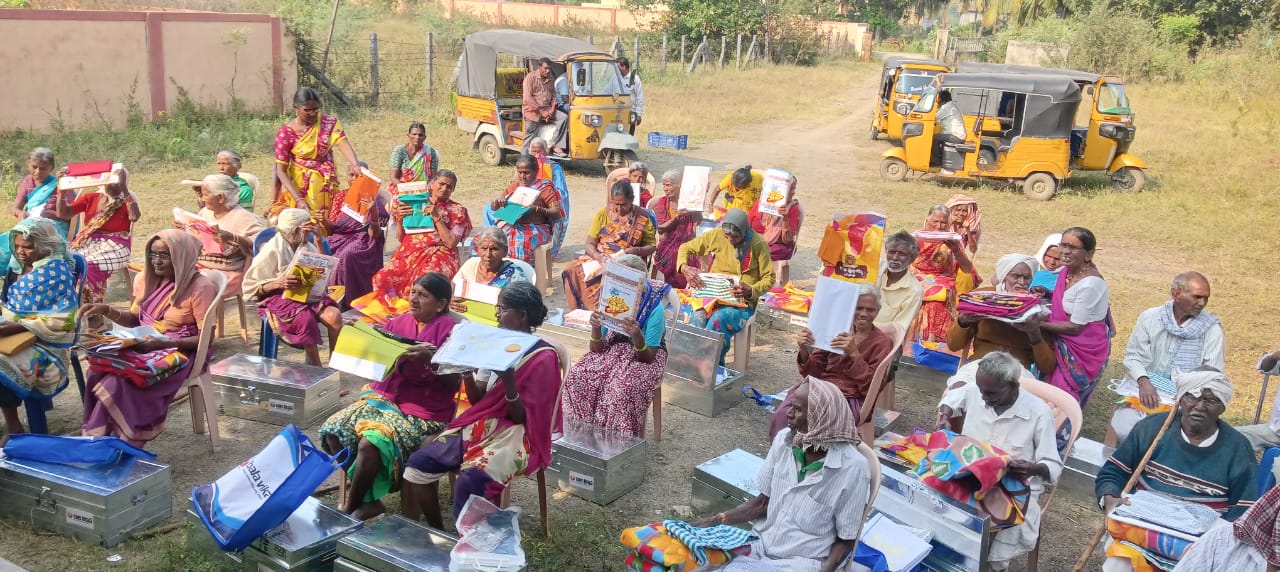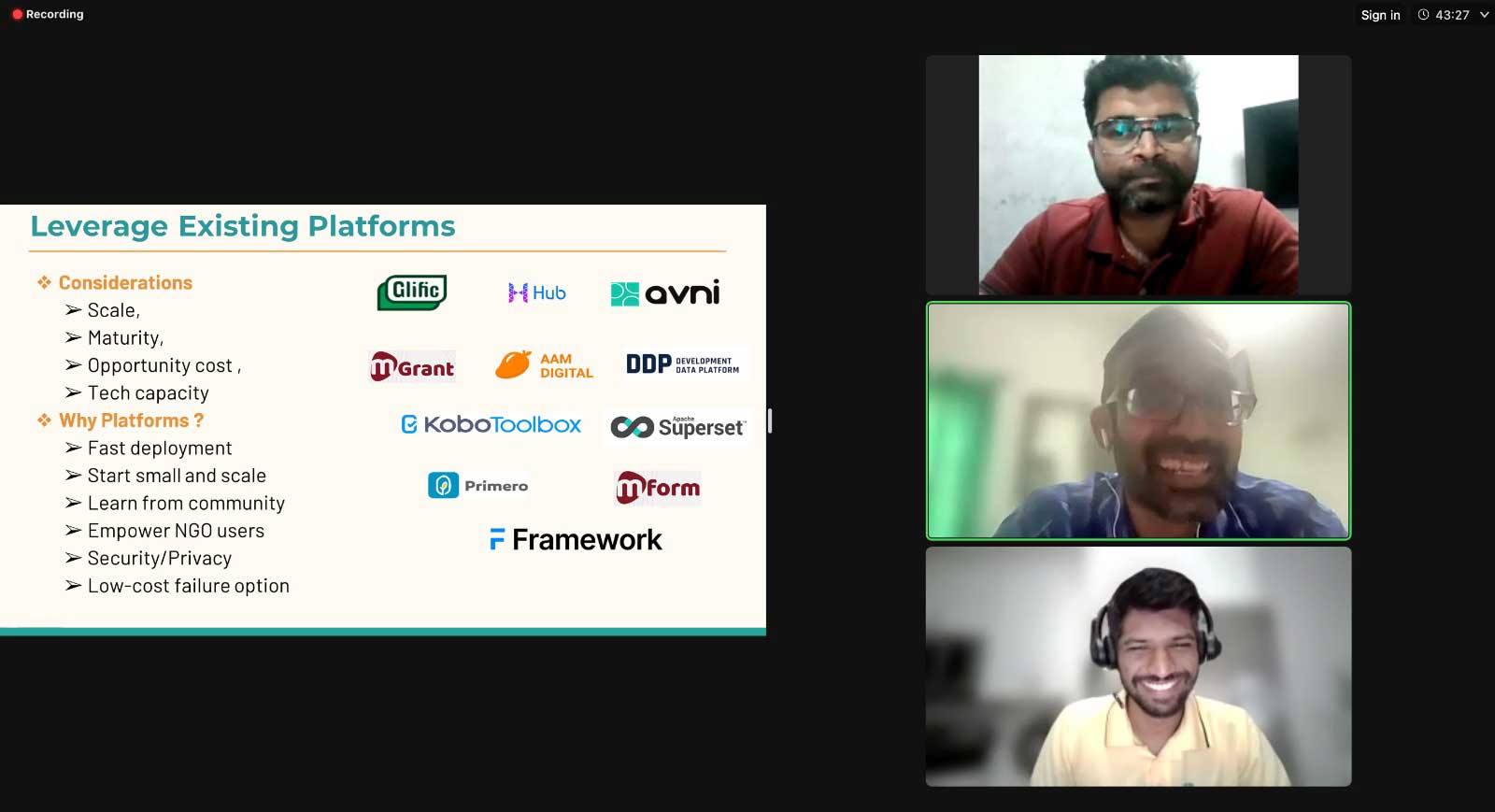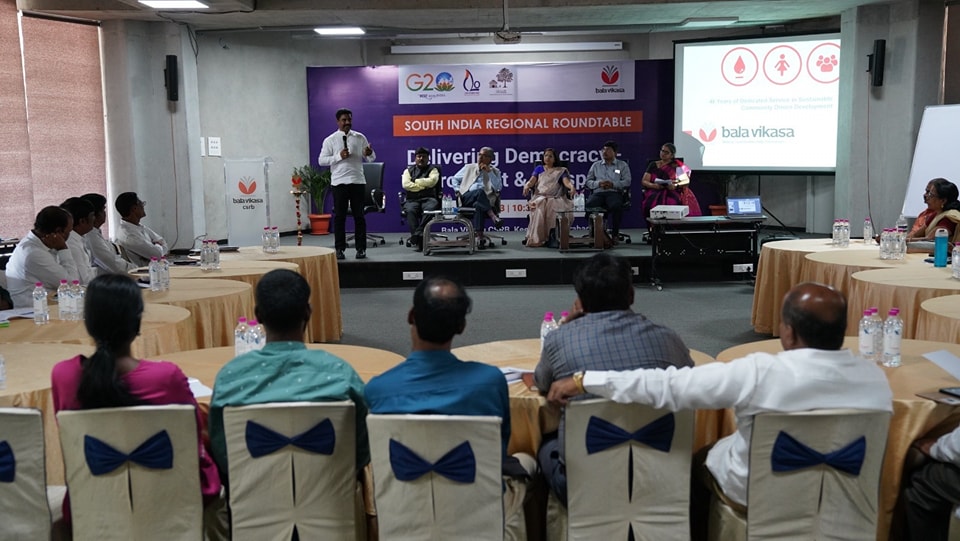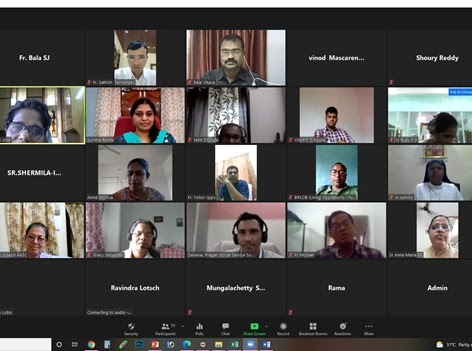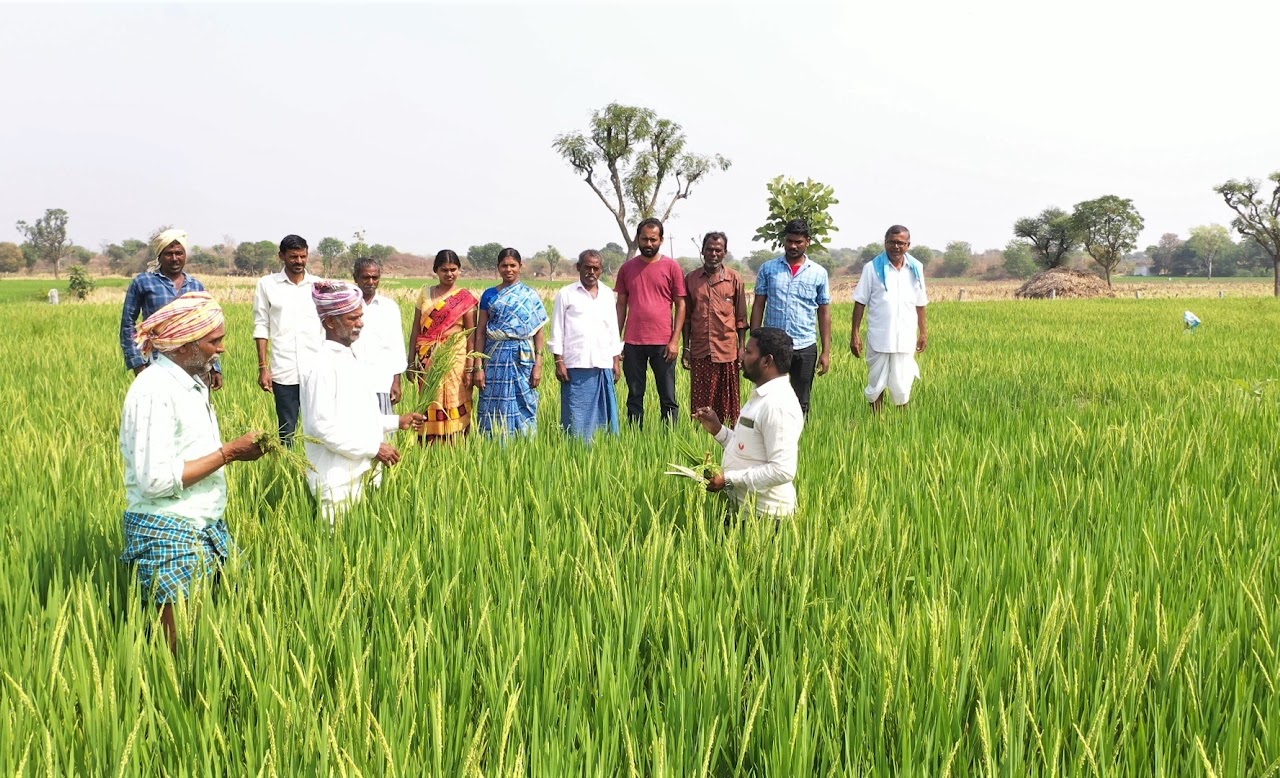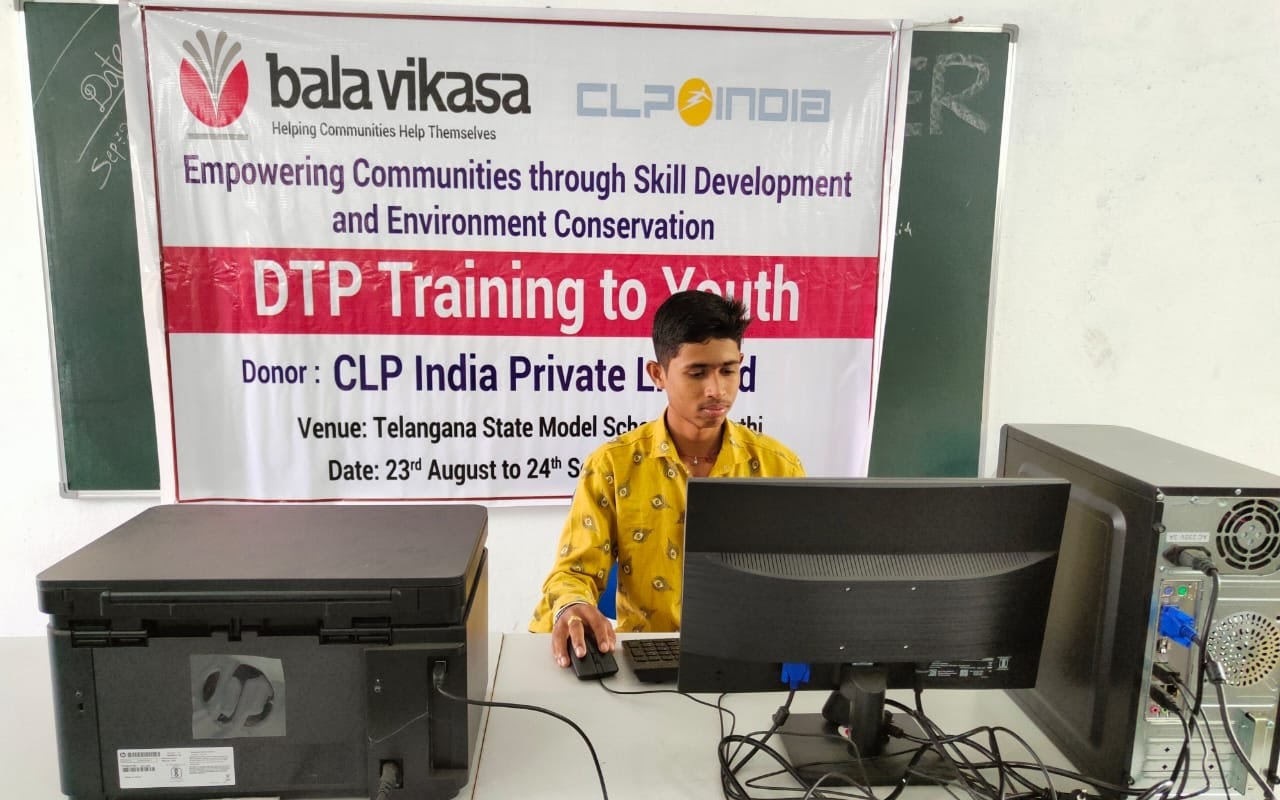People-Centered Action: Building Communities Before Building Projects
This year, Bala Vikasa completed 30 years of pioneering Community –Driven Development work in India benefitting over 6.5 Million people from 6500+ villages through innovative and high-impact interventions across key program areas like women empowerment, safe water, water conservation sustainable agriculture, quality education, health and sanitation. Today, it is one of the leading NGOs in South Central India boasting of more than 10 unique Sustainable Development programs, all of them finding their way to great success and widespread recognition, and some going further to inspire State and Central Government Schemes.
The most important factor for consistently achieving big milestones and creating lasting impacts, across focus areas, is the level of community participation and contribution in all of BV’s programs and projects. Bala Vikasa’s guiding principle of ‘Building Communities before Building Projects’ and its diligent practice ensures that communities take center stage and assume a pro-active role in their development, participating throughout the project cycle starting from planning to monitoring.
Bala Vikasa’s Community Development programs mandate community participation and beneficiary contribution to instill collective responsibility and community ownership of the assets and resources that are created in the process of development. This becomes the primary driver of sustainability as the communities are no longer mere receivers of charity aid but owners of community assets and key stakeholders in the development process.
While the fruits of active community participation are sweet and highly rewarding, the process of building a highly participatory grassroots community, invested in the program activities and convinced of the end results, is one filled with a great many challenges. However, as community participation is indispensable to achieving the objectives of community development programs and ensuring sustainability, Bala Vikasa has been developing the processes and tools that strengthen and guarantee people-centered action.
Intensive Community Mobilization, Motivation and Awareness Campaigns are undertaken in the initial stages of project implementation leveraging different tools to ensure that the maximum number of people in the target community understand the goals, objectives, and results of the proposed projects. Necessary social structures are facilitated at the grassroots in the form of activity community leadership and elected committees with gender sensitivity to ensure that everybody’s voices are heard, represented and acted upon throughout the process. As communities are required to participate in planning, resource mobilization, implementation, monitoring and sustaining the projects, multi-tiered capacity building activities are undertaken to equip the community members with the knowledge required to participate effectively and contribute significantly while discharging their roles and responsibilities. Technical assistance and moral support is offered throughout to the communities to help them firmly believe in their inherent potential to change the course of their lives.
Bala Vikasa has enjoyed much success in ensuring community participation and beneficiary contribution, thereby significantly raising its credibility among donors and partners, owing to a few critical success factors. Community participation can be witnessed only when there is effective vision casting – helping the communities realistically see where they will be over the course of time if the proposed projects are implemented. A systematic, time-tested, inclusive approach to mobilize, motivate and engage communities is necessary for community participation. The competency of the field staff engaged in community mobilization, in terms of attitude, knowledge and skill, can decisively alter the participation levels of the community. Gaps in any one area will affect the success of community participation. These are important considerations for community development organizations looking to enhance the levels of community participation in their programs and thereby, improve the program results.












